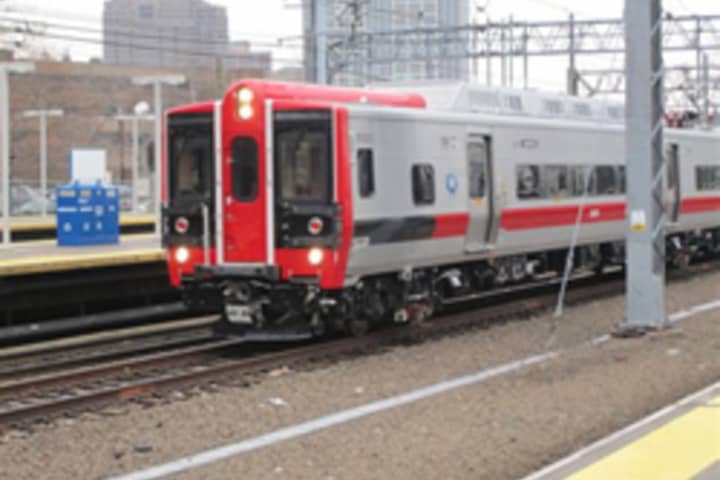Signals were upgraded in Connecticut at bridges in Cos Cob, South Norwalk, Westport, Bridgeport, Stratford and Milford.
The changes were put into place in less than four months since a Metro-North train derailed in the Bronx, N.Y., on Dec. 1 while rounding a corner at 82 mph when the maximum speed should have been 30 mph. The crash killed four people and injured dozens.
The Federal Railroad Administration ordered the changes to be implemented in Connecticut by Sept. 1, 2014. Other signal changes were in Yonkers, White Plains, Bridgeport and Port Chester were all completed by Feb. 8, ahead of the federal target date of March 1.
Metro-North President Joseph Giulietti applauded the completion of the work months in advance of the deadline.
“The complete implementation of the requirements of the FRA’s Emergency Order 29, issued on December 8, 2013, brings us another step closer to a safer railroad, which is our number one goal,” he said in a statement. “We will continue to take all necessary steps to restore Metro-North to greatness.”
Giulietti took over as Metro-North president on Feb. 1. Howard Permut stepped down as president on Dec. 31 in the wake of the Bronx derailment and another derailment on the Fairfield-Bridgeport border in May 2013.
Signal engineers first designed modifications to the circuitry at each location by calculating where and when speed limits should be reduced. Then signal maintainers had to reconfigure wiring along the tracks that sends the signal to the train to control its speed.
Extensive testing was then performed to confirm that the changes were working as designed.
The signal display observed by train engineers in their cabs now will automatically indicate reduced allowable speeds on the approaches to these 10 locations. If the engineer does not reduce the train's speed accordingly, the train will automatically come to a stop.
Click here to follow Daily Voice Fairfield and receive free news updates.


